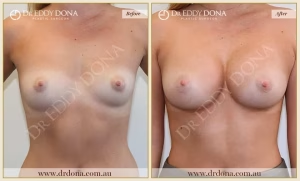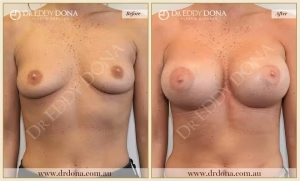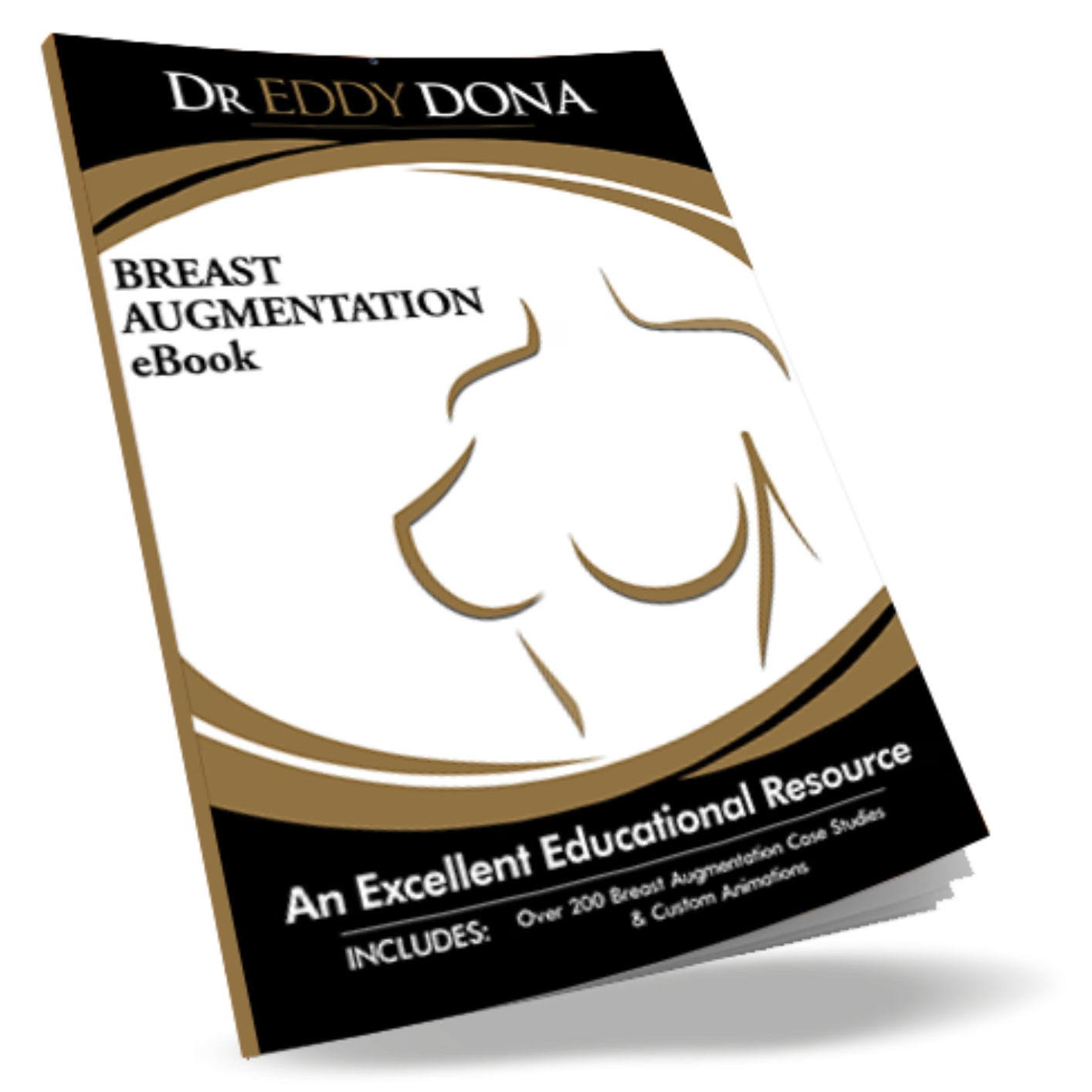Breast Augmentation Sydney

DR EDDY DONA
Plastic & Reconstructive Surgeon
DR EDDY DONA
Plastic & Reconstructive Surgeon
As a meticulous practitioner, Dr Dona consistently refines his surgical skills, maintaining a steadfast commitment to delivering excellence in Plastic Surgery.
Request a callback and one of our friendly staff will give you a call and discuss the procedure with you

BREAST IMPLANT SURGERY
Breast Augmentation also referred to as Bilateral Augmentation Mammoplasty (BAM) or Breast implants, is a cosmetic surgery that involves using silicone implants to enhance the shape and volume of the breasts. Breast Augmentation is the most common cosmetic surgery in Sydney, Australia and worldwide. Generally, the Breast Augmentation is performed to achieve fuller breasts. This procedure is also often requested after pregnancy or significant weight loss to address breast volume, shape and symmetry.
Women seek Breast Augmentation to:
- Enlarge smaller breasts
- Improve asymmetrical breasts
- Increase projection and fullness of breasts
- Reconstruct breasts after mastectomy or injury
- Increase breast volume and shape after pregnancy, weight loss or breastfeeding
Breast Augmentation GALLERY
The displayed before and after pictures are provided as an educational tool to demonstrate some of the results achievable from plastic surgery. All surgeries on this page are performed by Dr Eddy Dona and are published with the written consent by the patients








